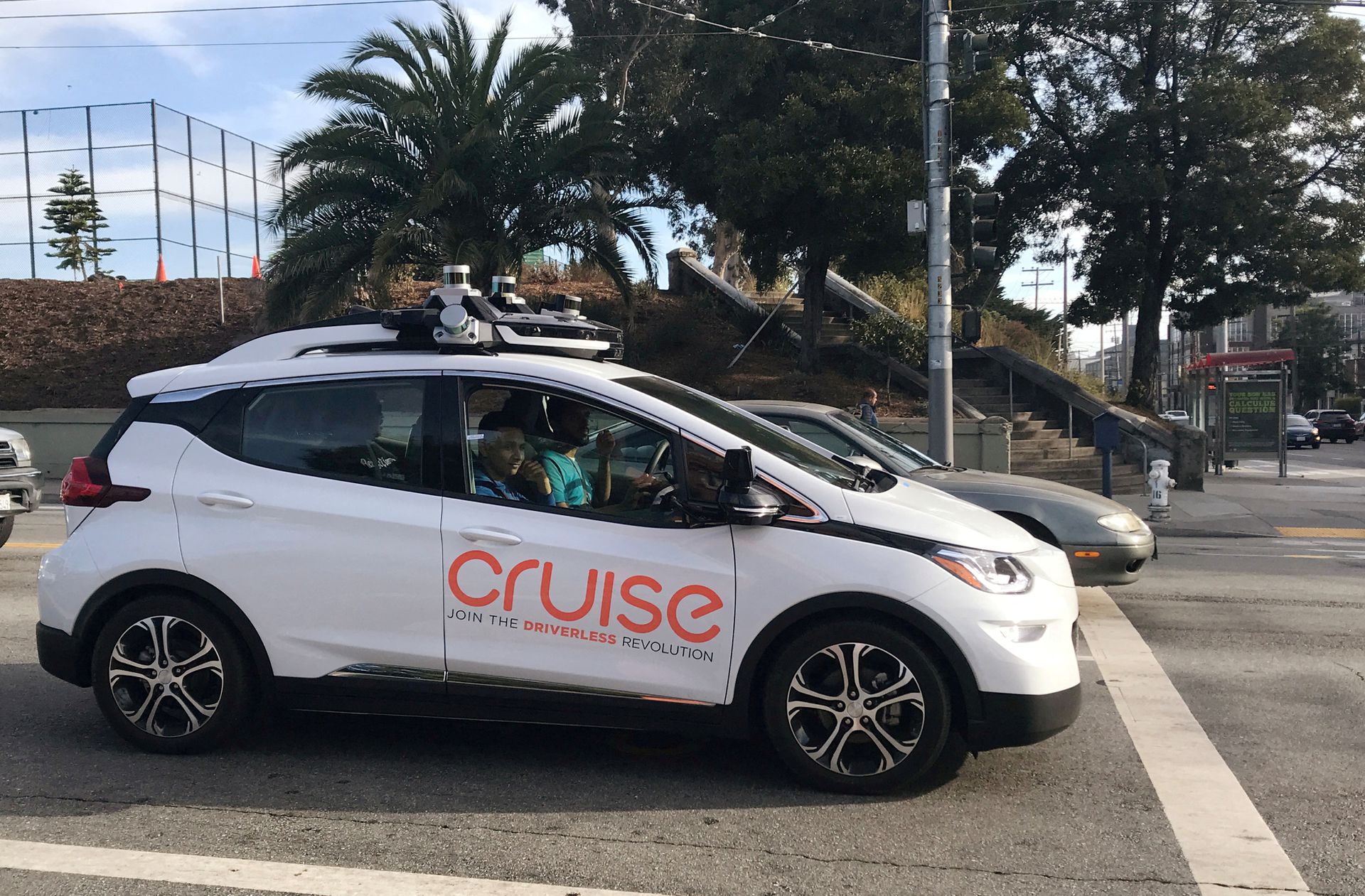By David Shepardson and Hyunjoo Jin
WASHINGTON, March 18 (Reuters) – SoftBank Group Corp’s (9984.T) Vision Fund exited its bet on General Motors (GM) (GM.N) self-driving car subsidiary Cruise as the auto giant upped the ante, investing another $3.45 billion in the loss-making unit.
SoftBank’s departure, which comes as the Japanese conglomerate struggles with debts, prompted questions from sector watchers about whether Cruise is ready to generate meaningful revenue for the time being, and how deep GM might have to dig to fund development.
Combined, the transactions will bring GM’s stake in Cruise to 80%, GM said. Other remaining shareholders in Cruise include Microsoft (MSFT.O), Walmart (WMT.N) and Honda Motor Co (7267.T).
In 2018, SoftBank invested $900 million in Cruise and said it would invest another $1.35 billion when Cruise’s autonomous vehicles were ready for commercial deployment, potentially bringing its stake to 20%.
A person briefed on the matter said SoftBank, including follow-on fundraising rounds after 2018, invested about $1.2 billion in Cruise in total. The person declined to be identified because the information was not public.
The SoftBank exit comes as Cruise awaits a regulatory permit to allow it to charge riders for a driverless ride-hailing service launched in San Francisco. read more
“It is a long road ahead,” he said, adding that GM and partners like Honda may have to “dig deep into their pockets” to fund the unit for the time being.
SoftBank has its own internal problems to deal with.
The value of marquee companies in the tech investor’s portfolio have tumbled, hit by China’s crackdown on tech companies, the prospect of higher interest rates and war in Ukraine.
“We will definitely be selling a good chunk of assets,” SoftBank CEO Masayoshi Son said last month, as he pivots from the collapse of the sale of chip designer Arm to a plan to list it in the United States.
SoftBank declined to comment on the Cruise exit.
In a statement, GM CEO Marry Barra said, “GM is leveraging the strength of its balance sheet to capitalise on the opportunity to increase its equity investment in Cruise and advance our integrated autonomous vehicle strategy.”
Kyle Vogt, CEO and co-founder of Cruise, said in a series of tweets that Cruise would begin allowing employees to sell vested shares to GM once a quarter in an effort to give financial flexibility to employees.
Going public would be “a major distraction, especially right now,” he said, adding he wanted the company focused on scaling up the driverless ride-hail service launched in San Francisco.
In December, GM announced that Dan Ammann, then chief executive of Cruise, was abruptly leaving the company. One person briefed on the matter said he was dismissed, while another source said he and GM disagreed over when to take Cruise public.
Barra previously downplayed the need for a quick Cruise public offering.
GM spokesman David Caldwell said the latest deal showed GM’s belief in Cruise and simplified the ownership structure. He said that other shareholders in Cruise including Microsoft, Walmart and Honda, had technology partnerships, such as a delivery project with Walmart.











